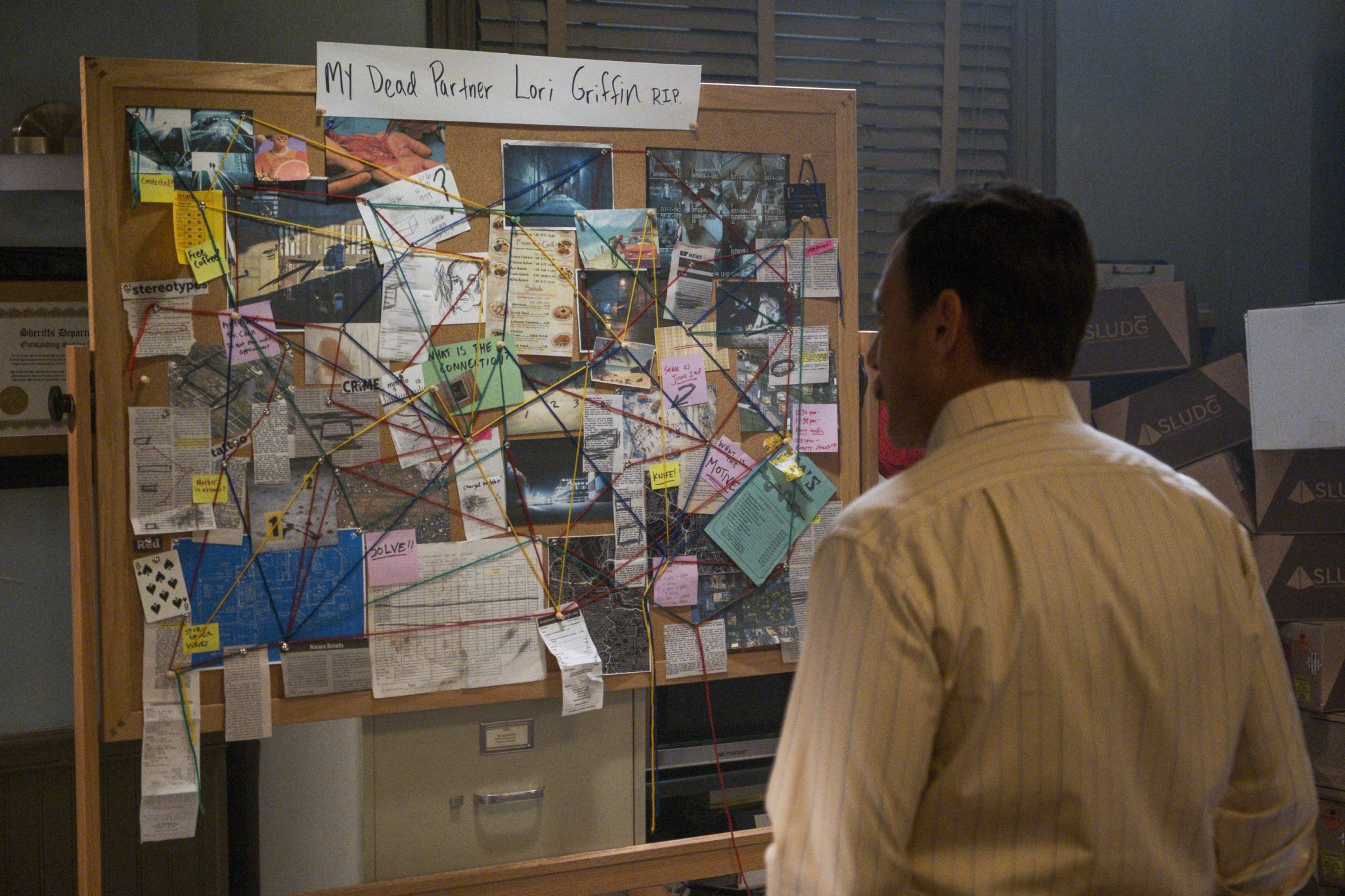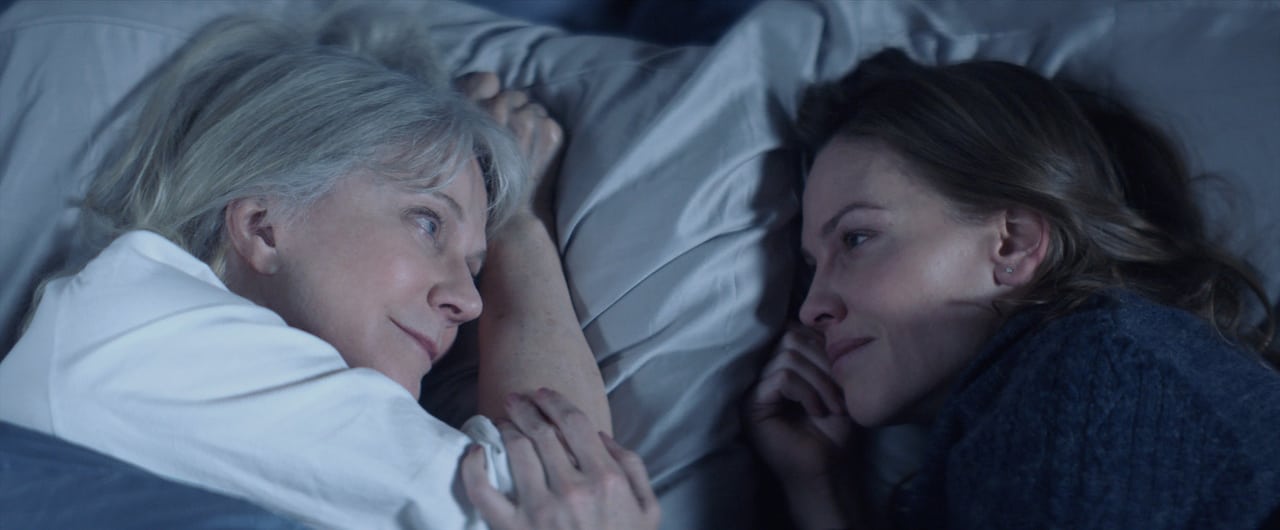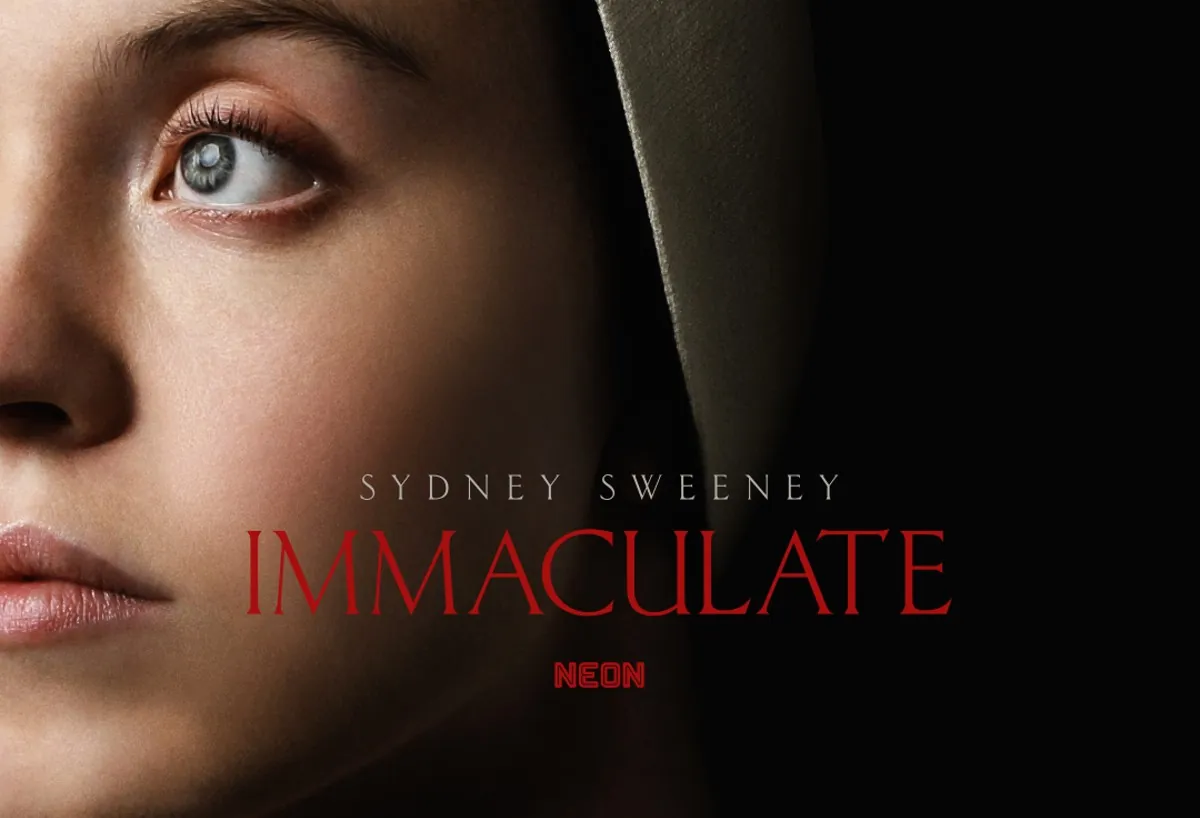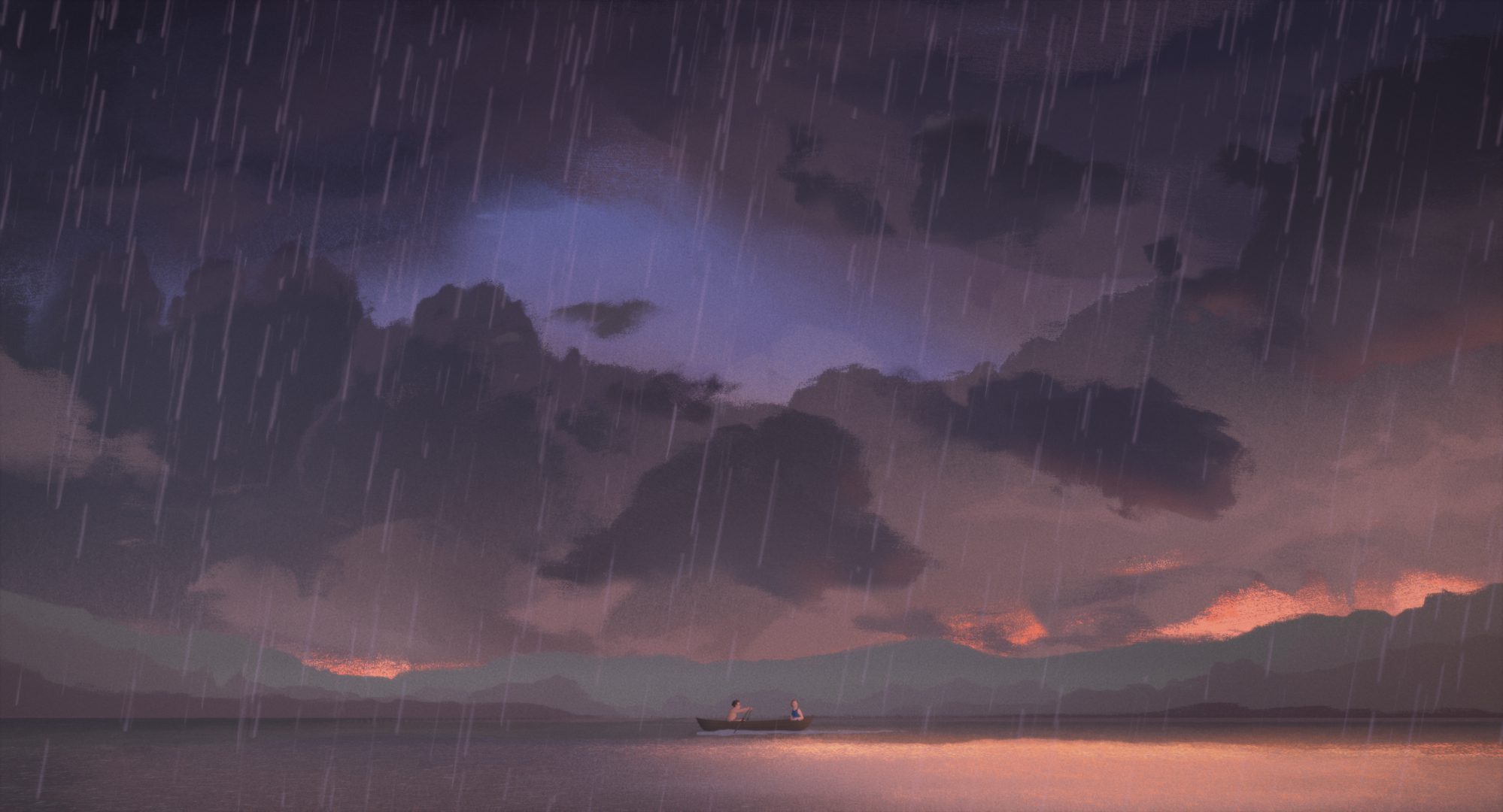
Even when the world is filled with darkness, some stories still shine brightly.
Set during the Nazi-occupation of Germany in World War II, Charlotte tells the unbelievable true story of Charlotte Salomon (Keira Knightley), a young Jewish woman who dreams of becoming an artist. When she?s accepted into a German art scool, Salomon is thrilled at the opportunity to learn the craft. However, the world around her is changing quickly and becoming increasingly dangerous for her. In the face of anti-Semitic violence, Salomon flees Germany for the south of France for freedom. As she finds love, her passion for her art is renewed. Though her peace is interrupted once again, this time by family tragedy that unveils disturbing secrets of her past.
Co-directed by Tahir Rana and Eric Tarin,?Charlotte?is a stunning piece that highlights one woman?s journey in the face of oppression and the courage that she displays through her art. As a Jewish woman living in Germany during the Second World War, Charlotte Salomon?s story is one forged through suffering and sacrifice. Living in a world which demands ?perfection?, Salomon?s passionate response to life and art broke barriers and has become an inspiration to many. As she with Nazi oppression from the outside and a history of mental health issues from within, Salomon?s journey is a harrowing and mature tale that remains gripping from start to finish.
Although the film features strong performances by Knightley, Marion Cotillard and Jim Broadbent, Charlotte?s greatest strength is actually its stunning animation. Painting the characters onscreen like a brush on a canvas, Charlotte?s animation style is influenced heavily by Salomon?s work. Through the film?s visuals, Rana and Tarin have done their best to interpret the world through her eyes. (In fact, Rana has even stated that they decided not to use colour black due to the fact that Salomon never used it in her art.)
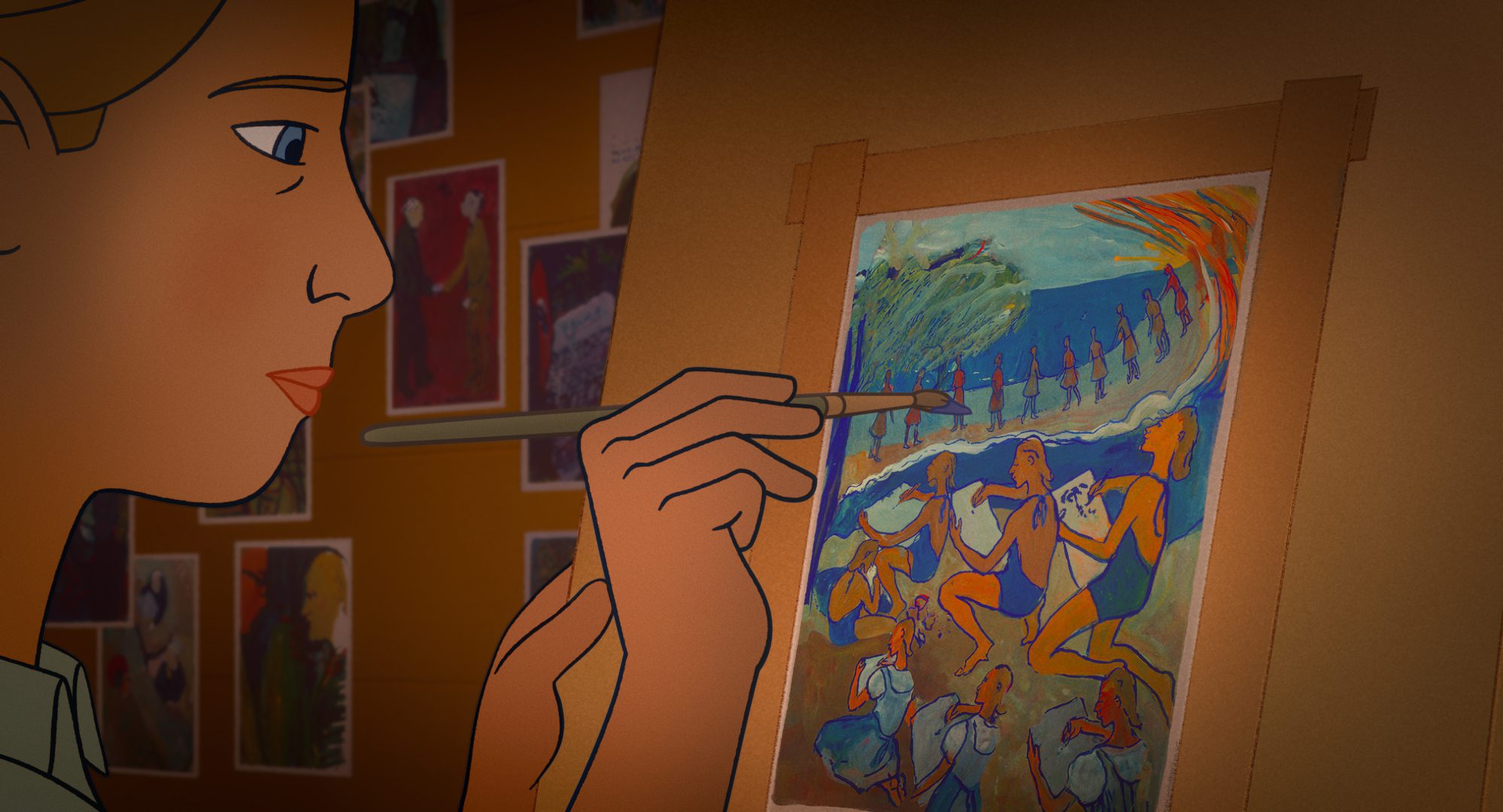
Leaning heavily towards artistic interpretation, Salomon?s way of viewing life may have been abstract but her insistence to choose love in the face of the darkest of circumstances sparkles within her work. With bleeding but vibrant colours, strong brush strokes and obscure images, there?s a passion within Salomon?s work that reflects her experiences. Although her German art school demanded symmetry and clear lines, Salomon?s work refuses to adhere to such ideals. Instead, fueled by love and suffering, Salomon allowed her creativity to flow at the expense of precision. In doing so, she found a way to use her art as a creative outlet to deal with the stresses and pain of the world around her. Using art as a coping mechanism, Salomon was able to find a way to deal with her own mental health issues in the midst of incredibly stressful situations. (?Only by doing something mad can I hope to stay sane,? she points out.)
With this in mind, Salomon?s work is also expansive in its scope. Having painted over 1000 portraits of her life, her work offers an in-dept look inside the mind of a woman living in troubled times. Interestingly though, her work is far less concerned with the facts about her life and instead focuses on expressing her feelings. In one of the film?s more fascinating comments, Salomon points out that some of her paintings are moments from her life and some ?may not have happened?. For Salomon, the details of her life are less important than the impressions left upon her. Whereas this may seem counterintuitive in a world of data collection, Salomon understood that a true portrait of her life lay beyond the names and dates

She believed that, to know her, you needed to feel her story.
As such, there?s a certain beauty to Salomon?s story that most narrative dramas are unable to display. By way of its animated style, Rana and Tarin create a certain level of distance between reality and fantasy yet never lose the film?s authenticity either. We know that this is a true story, complete with facts, dates and important historical moments. However, like Salomon?s interpretation of the world, the animated style gives us the chance to feel the vitality of the moment without focusing on the details.
And, somehow, that makes it feel more real.
Stunningly crafted and executed, Charlotte is a testament to one woman?s determination to see the world in full colour when the rest of the world demanded black and white. Coming at a time when the world around her tried to break her soul, Salomon?s passion for life inspired her to create art of such vibrancy that it seemed to kick against the forces of evil themselves.
To see our interview with co-director Tahir Rana, click here.
To see our interview with producer Julia Rosenburg, click here.
Charlotte is available in theatres on Friday, April 22nd, 2022.

